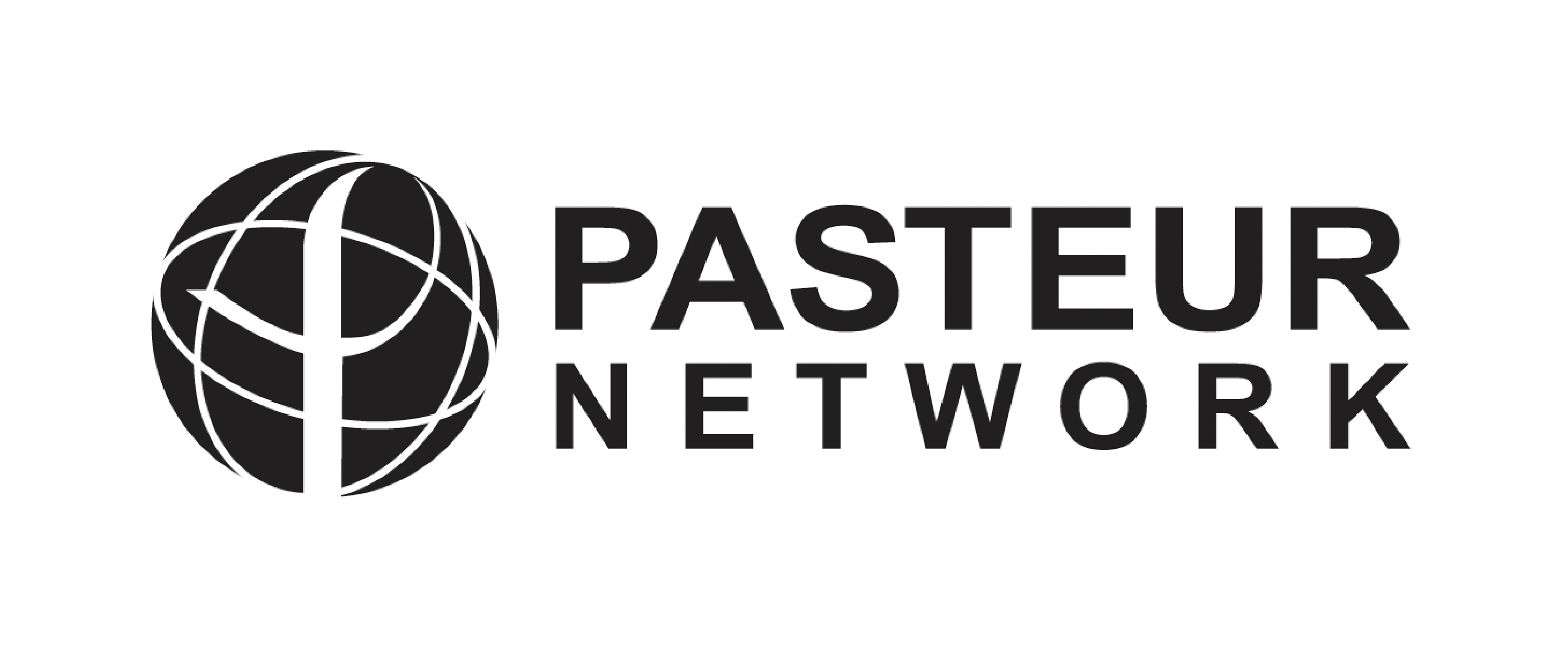Rapid in vitro detection of CTX-M groups 1, 2, 8, 9 resistance genes by LAMP assays
Résumé
Background: The prevalence of bacteria producing CTX-M Extended-Spectrum β-lactamases (ESBLs) has increased around the world and some of them became a major cause of infections such as bloodstream or urinary tract infections (UTI). We developed a loop-mediated isothermal amplification (LAMP) assay for a simple, rapid and sensitive detection of the four most common CTX-M groups, namely CTX-M groups 1, 2, 8 and 9.
METHODS:
LAMP primers targeting the four ESBLs CTX-M groups were designed using the Primer Explorer V4 software. The detection limit of the method was tested by serial dilution of reference DNAs. The primer specificity of the LAMP reaction was tested on DNA extracted from six strains producing various group of CTX-M and validated using DNA extracted from CTX-M-resistant clinical isolates (isolated from pus, urine, or blood). Results were compared with those of conventional PCR.
RESULTS:
We were able to detect down to 0.1 pg/ul of DNA using the newly developed LAMP assays whereas the minimal amount detectable for conventional PCR was 50 to 100pg/ul, indicating that the LAMP assay was found to have a detection limit at least 500 to 1000 times lower than the PCR. Additionally, representative genes from the CTX-M groups 1, 2, 8 and 9 were amplified using the designed assay and no cross amplification was observed between the four CTX-M groups, demonstrating the specificity of the LAMP assay. Of the 37 clinical strains tested, the four LAMP assays showed 100% sensitivity and 87%, 97%, 100%, 100% specificity for the CTX-M groups 1, 2, 8 and 9 respectively.
CONCLUSION:
Being sensitive, specific, rapid and standard methods, the LAMP assays developed in this study have a potential to be beneficial tools in molecular epidemiology and surveillance studies of the four prevalent EBSLs CTX-M groups even in low cost laboratory.
Fichier principal
 Rapid in vitro detection of CTX-M group_LAMPS_Rivoarilala.pdf (2.06 Mo)
Télécharger le fichier
Rapid in vitro detection of CTX-M group_LAMPS_Rivoarilala.pdf (2.06 Mo)
Télécharger le fichier
| Origine | Publication financée par une institution |
|---|
Loading...


